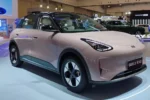Xiaomi has unveiled its first electric car – the SU7, to compete with the Porsche Taycan and Tesla Model S.
The smartphone giant, Xiaomi, recently officially launched its first electric car, the SU7. The name SU7 is short for “Speed Ultra”, indicating that this is a high-performance car.
Previously, this car model was developed with the codename MS11. The SU7 will be produced by BAIC Group at a factory in Beijing with a capacity of 200,000 units per year. According to Xiaomi CEO Lei Jun, the SU7 is a statement of the company’s goal to become one of the top 5 car manufacturers in the world within the next 15 to 20 years.
“Xiaomi will compete with Porsche and Tesla, and at the same time, we will create a dream car for the new era of the automotive industry,” said Lei Jun.
Built on the Modena platform, SU7 has a length of 4,997 mm, width of 1,963 mm, height of 1,440 mm, and a wheelbase of 3,000 mm.
In terms of design, the SU7 has a minimalist style, and the exterior of the car gives a smooth feeling to the viewer. The front of the car is equipped with water droplet-shaped headlights, divided into two levels by LED daytime running lights. Below is the front bumper with a trapezoidal center air intake and triangular air vents at the corners.
Looking at the side of the car, the SU7 has a coupe-style sloping roof, providing a sporty and modern look. The car is equipped with double 5-spoke alloy wheels, with 19-inch or 20-inch sizes depending on the version. The SU7 has frameless rearview mirrors for a smooth feeling. According to Xiaomi, the SU7 has good aerodynamics with a drag coefficient of only 0.195 Cd.
At the rear, the SU7 has horizontally extended taillights. The active spoiler can be raised to increase downforce when the car is running at high speeds, which is also a highlight of this car model.
The spacious dimensions allow the SU7’s rear trunk to reach 517L and the front trunk to reach 105L, surpassing both the Model S (89L) and Taycan (84L).
In terms of interior, the SU7 features a simple control panel with a 16.1-inch touchscreen in the center. Xiaomi has chosen to retain some physical control buttons on the center control panel and steering wheel. Xiaomi’s HyperOS is the infotainment system control software of the SU7, which supports Apple CarPlay and AirPlay connectivity.
The SU7 has a sporty flat-bottom steering wheel and a small digital dashboard. On the premium version, the car will have additional LiDAR sensors on the roof, cameras on the B-pillar with the task of facial recognition for door unlocking, similar to the unlocking feature of a smartphone.
The Xiaomi SU7 will be available in both rear-wheel drive (RWD) and all-wheel drive (AWD) versions. The RWD version uses a single rear-mounted electric motor, producing a maximum power of 295 horsepower. Meanwhile, the AWD version has an additional front-mounted electric motor with a powerful 369 horsepower, for a total power of 664 horsepower.
The RWD version weighs 1,980 kg and has a top speed of 210 km/h. The corresponding figures for the AWD version are 2,205 kg and 265 km/h.
The car uses BYD’s 73.6 kWh LFP battery or CATL’s 101 kWh ternary (NMC) battery. BYD’s battery provides a range of 628 km to 668 km, depending on the version. The corresponding figures for CATL’s battery are 800 km and 750 km. BYD’s battery supports 400V fast charging, while CATL’s battery can use 800V fast charging.
Xiaomi also added that the SU7 has passed 40 crash tests, and the core parts are made from 90.1% high-strength steel and aluminum alloy (2,000 MPa) with a torsional stiffness of 51,000 Nm/degree.
TT (Tuoitrethudo)


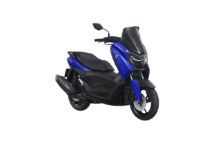


























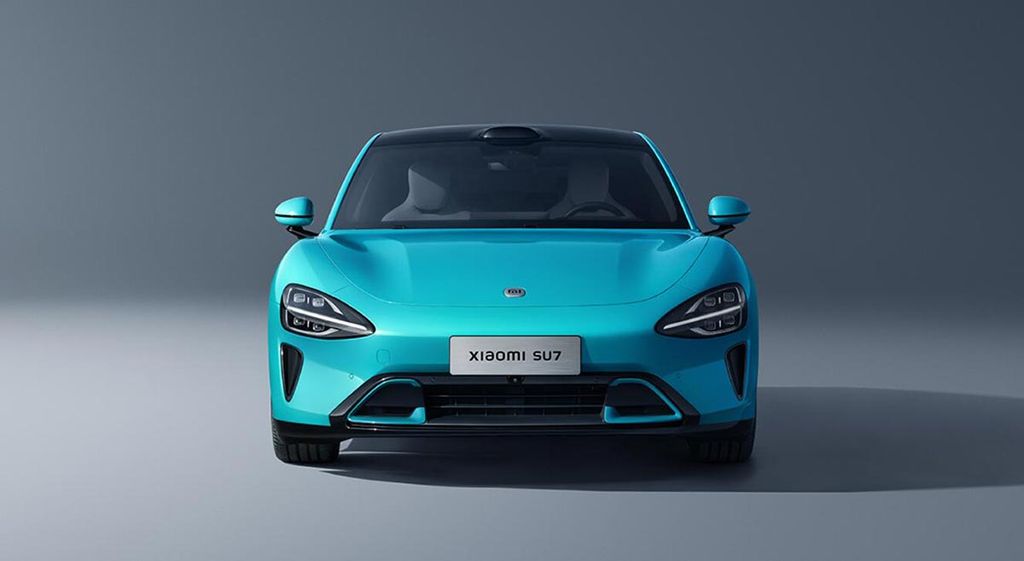
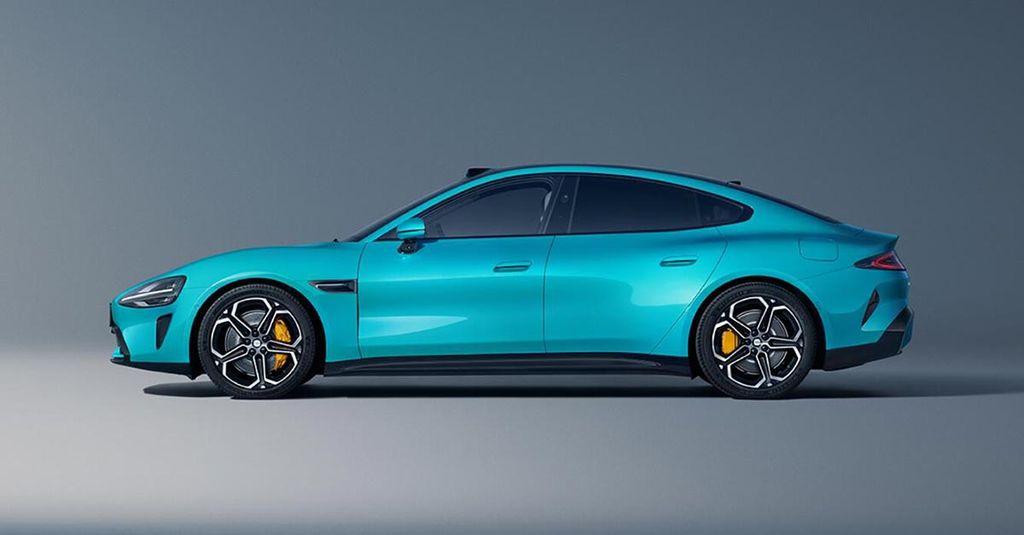
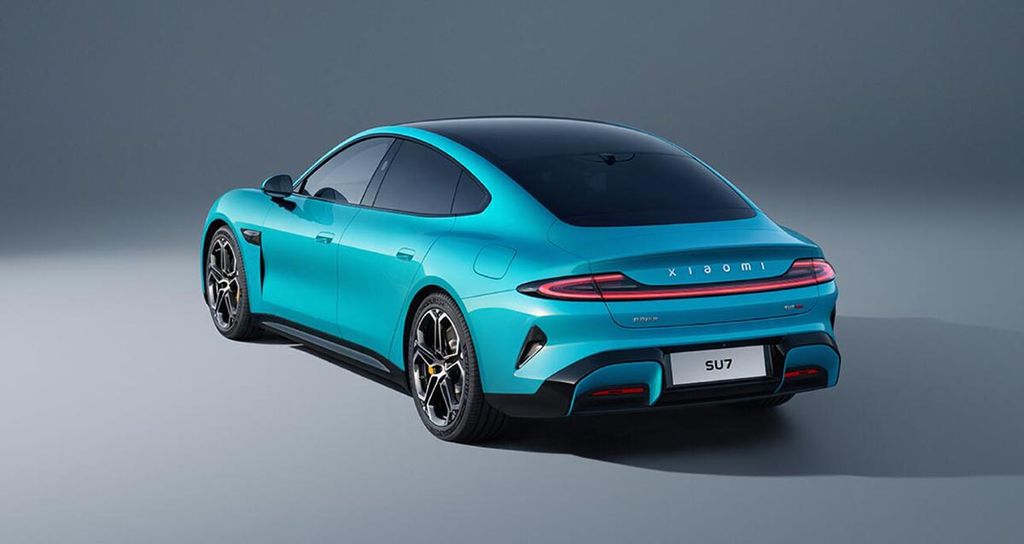
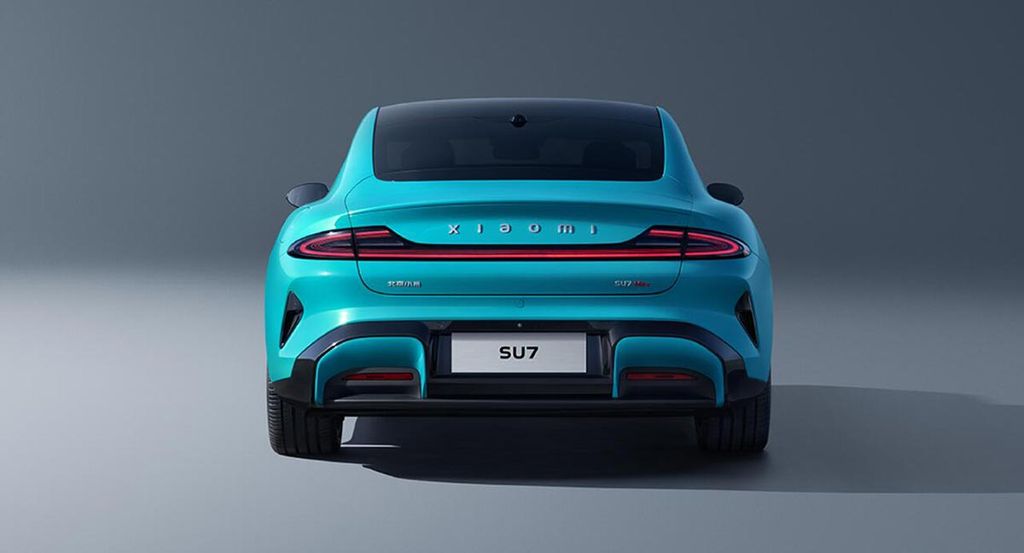
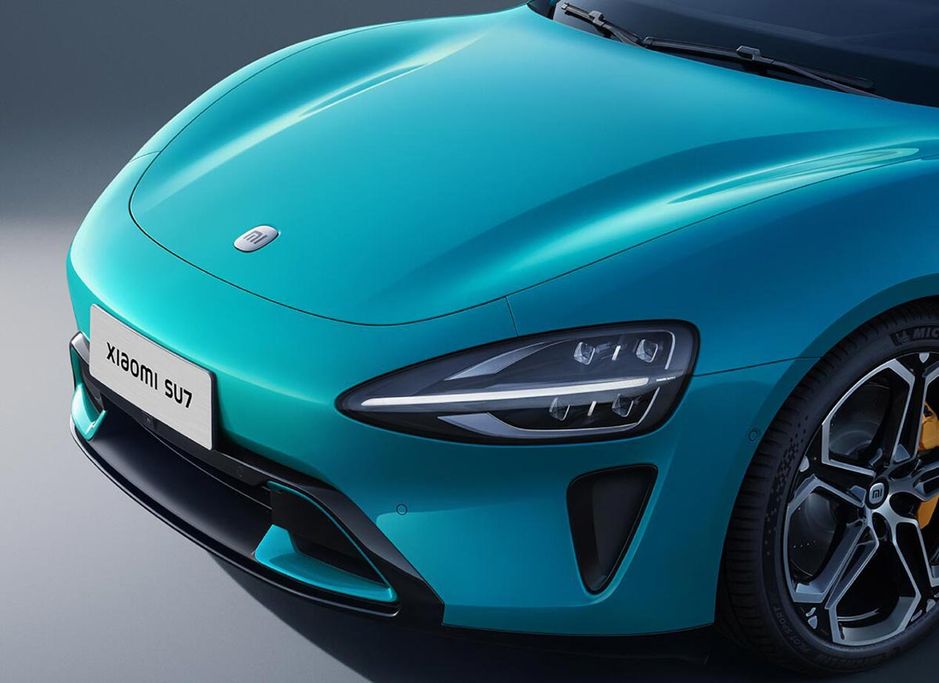
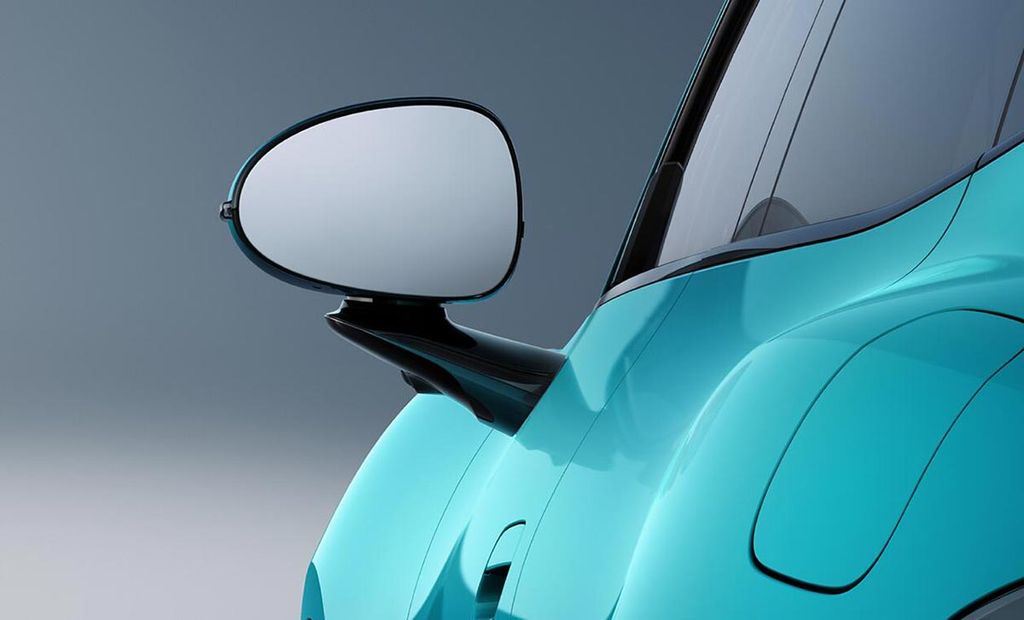
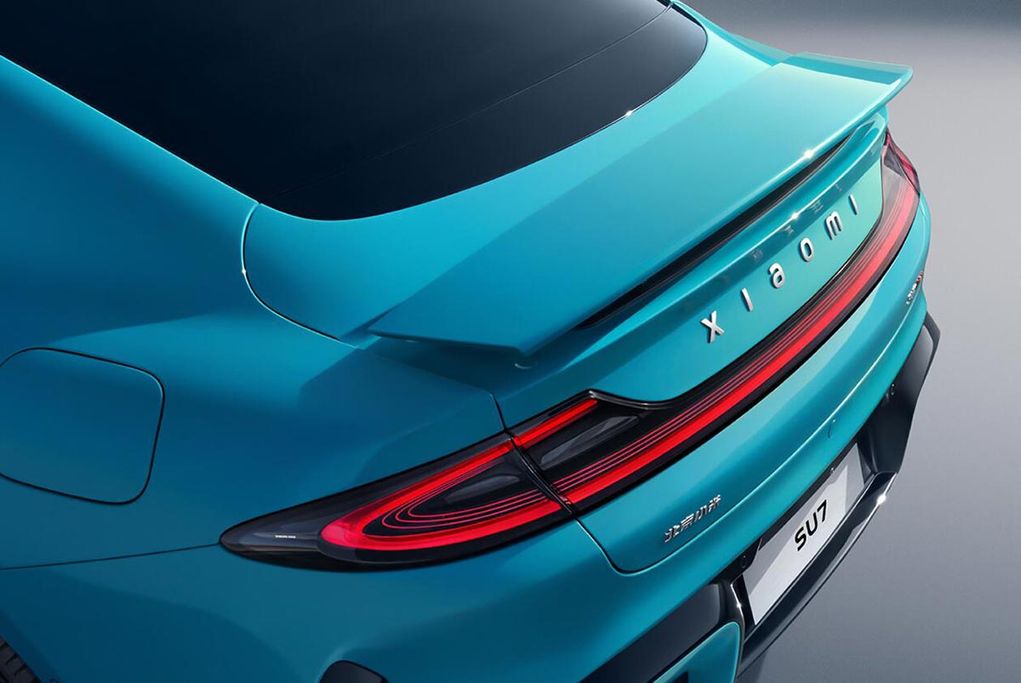
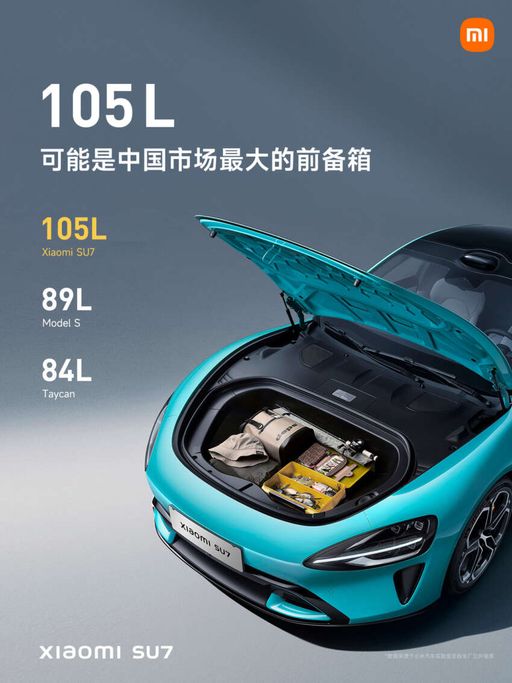
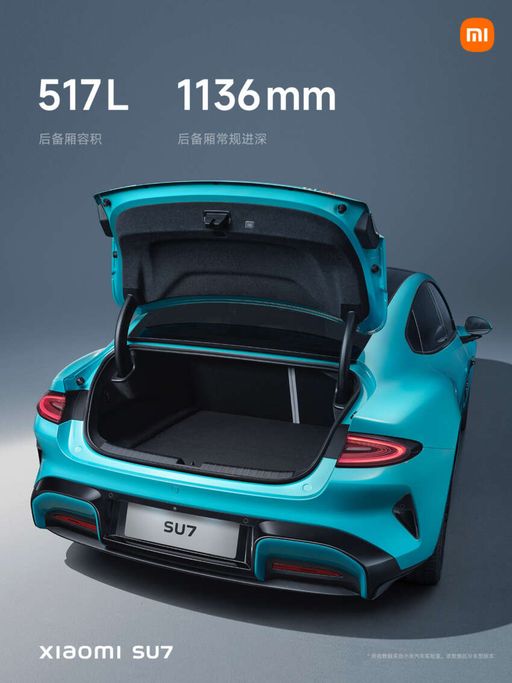
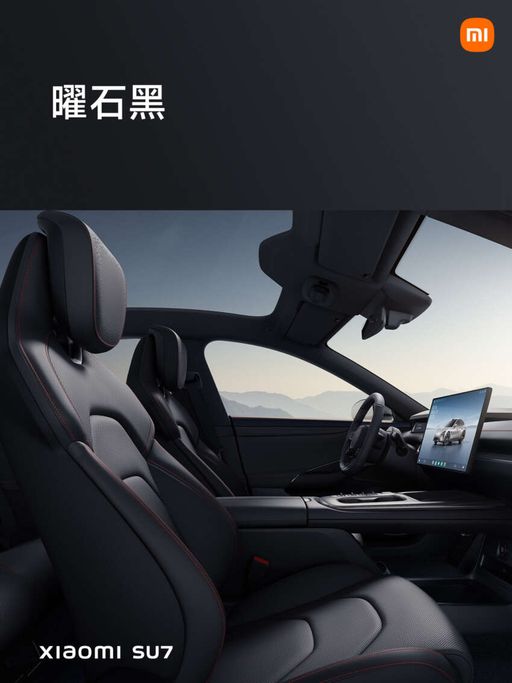
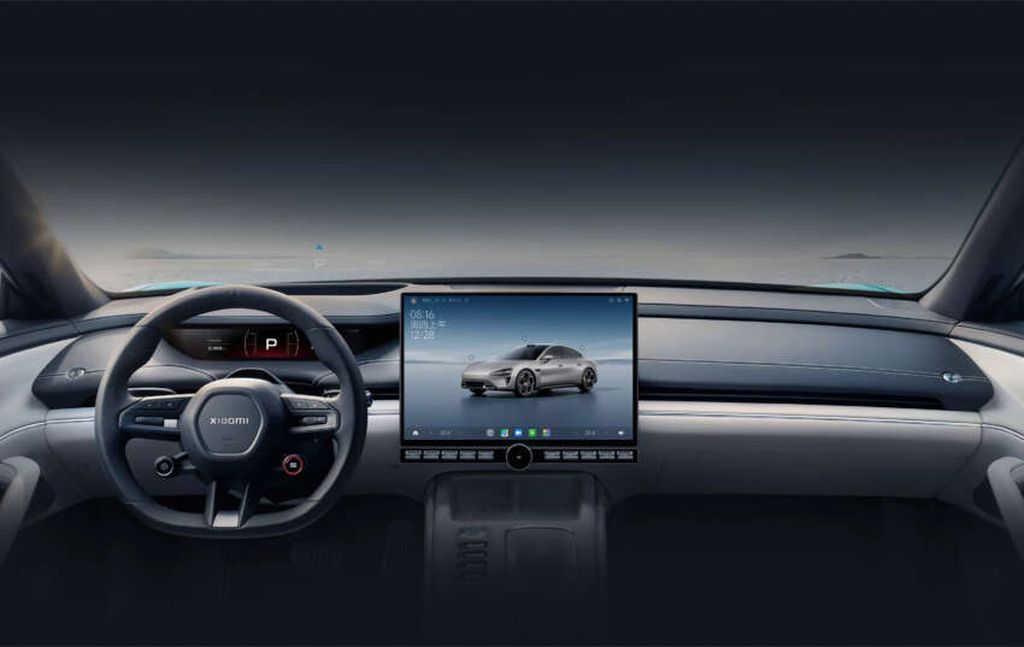
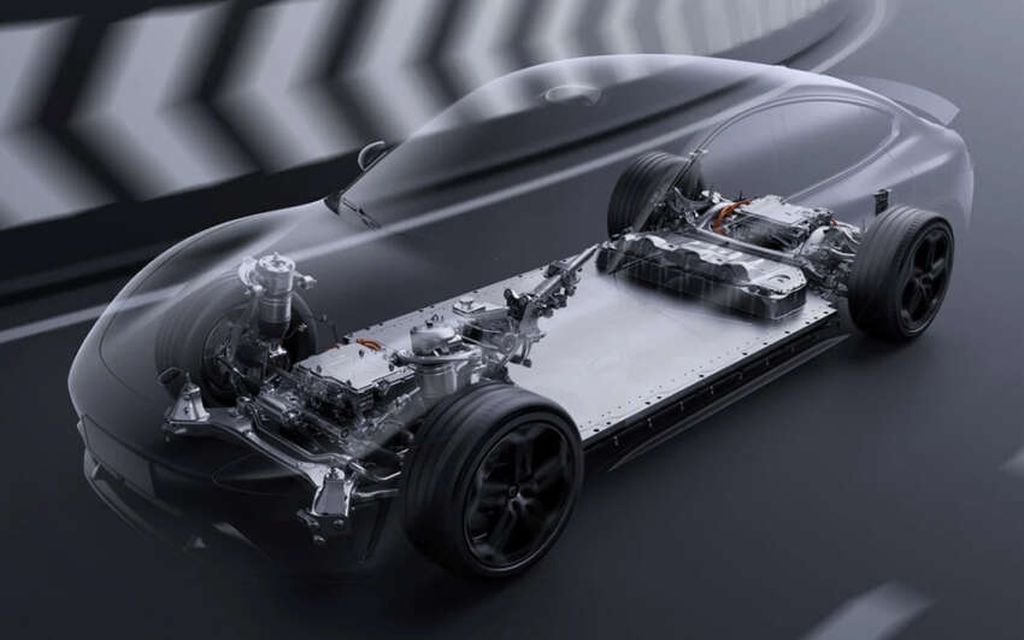
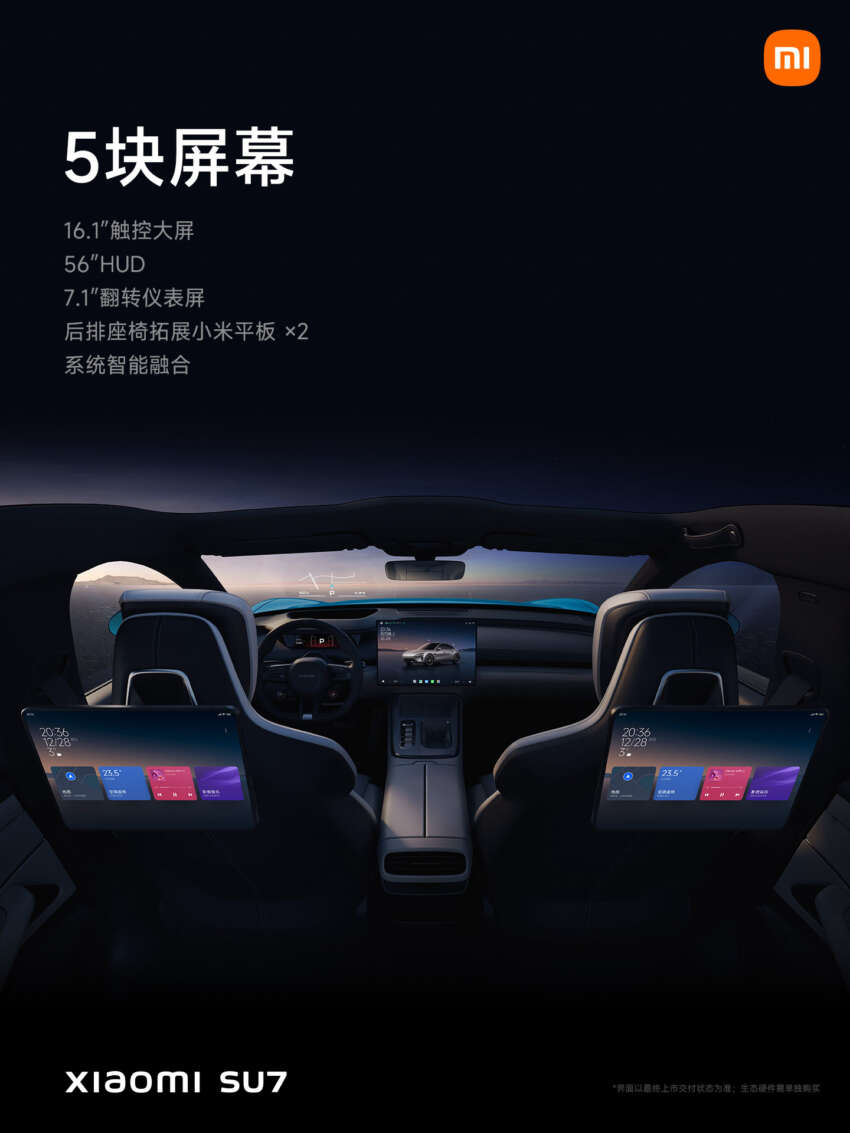
![[CAR REVIEW] The Newly Launched BMW iX3 in Vietnam: Compact, Practical, and Expensive](https://vnauto.net/wp-content/uploads/2023/10/xehay-bmwix3-01082023-9-150x150.jpg)
![[QUICK REVIEW] VinFast VF5: Extremely Affordable, Spacious, and Well-Equipped](https://vnauto.net/wp-content/uploads/2023/10/Xehay_VF5plus_21042318-150x150.jpg)
![[CAR REVIEW] User Reviews of VinFast VF 9: Stylish, Luxurious, Smooth Ride, and Perfect for Families](https://vnauto.net/wp-content/uploads/2023/10/xehay-vinfastvf9-09092023-12-150x150.jpg)
![[CAR REVIEW] Wuling Mini EV: Affordable, Compact, Convenient, but…](https://vnauto.net/wp-content/uploads/2023/10/xehay-wulingev-16062023-8-150x150.jpg)

